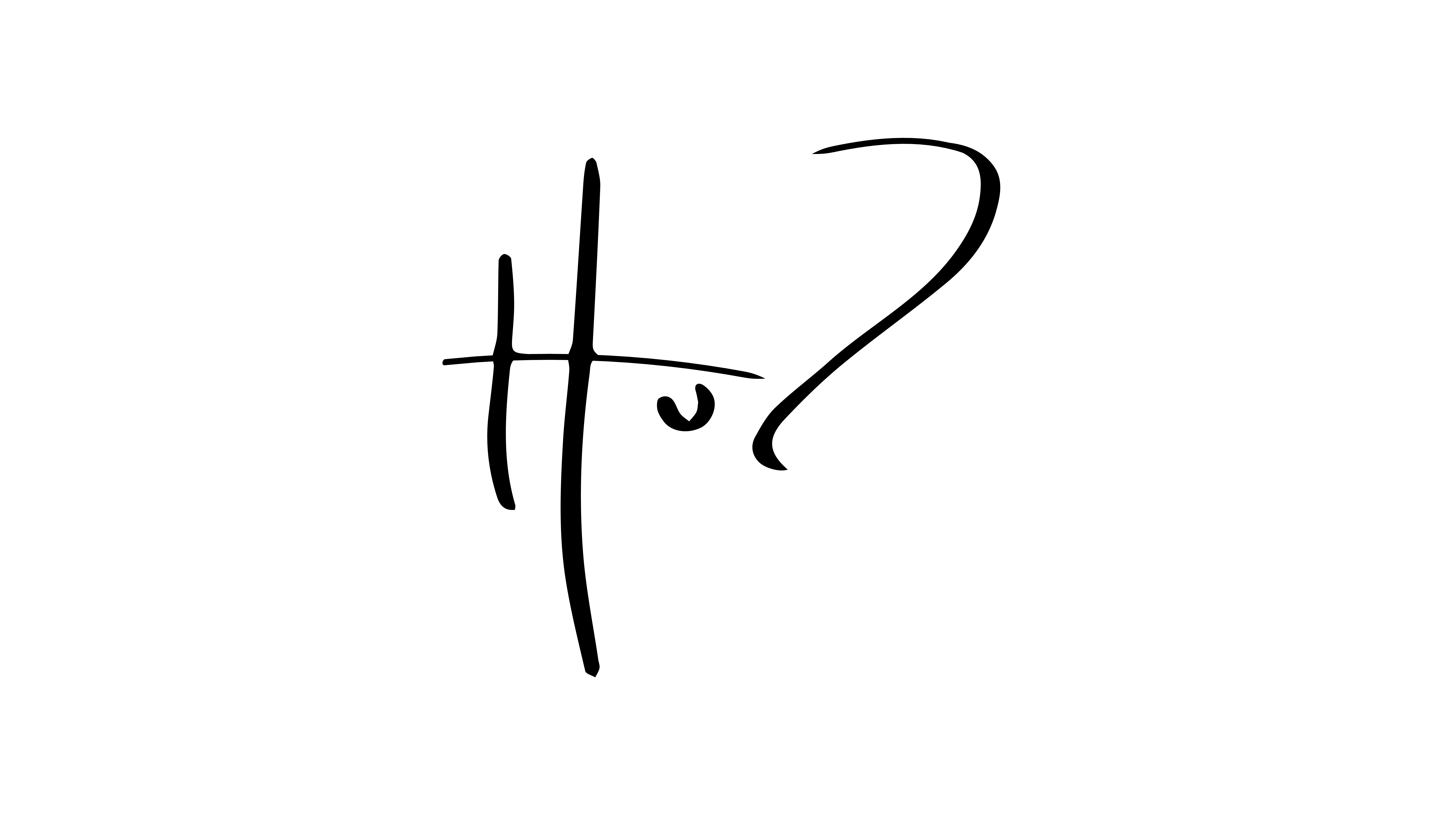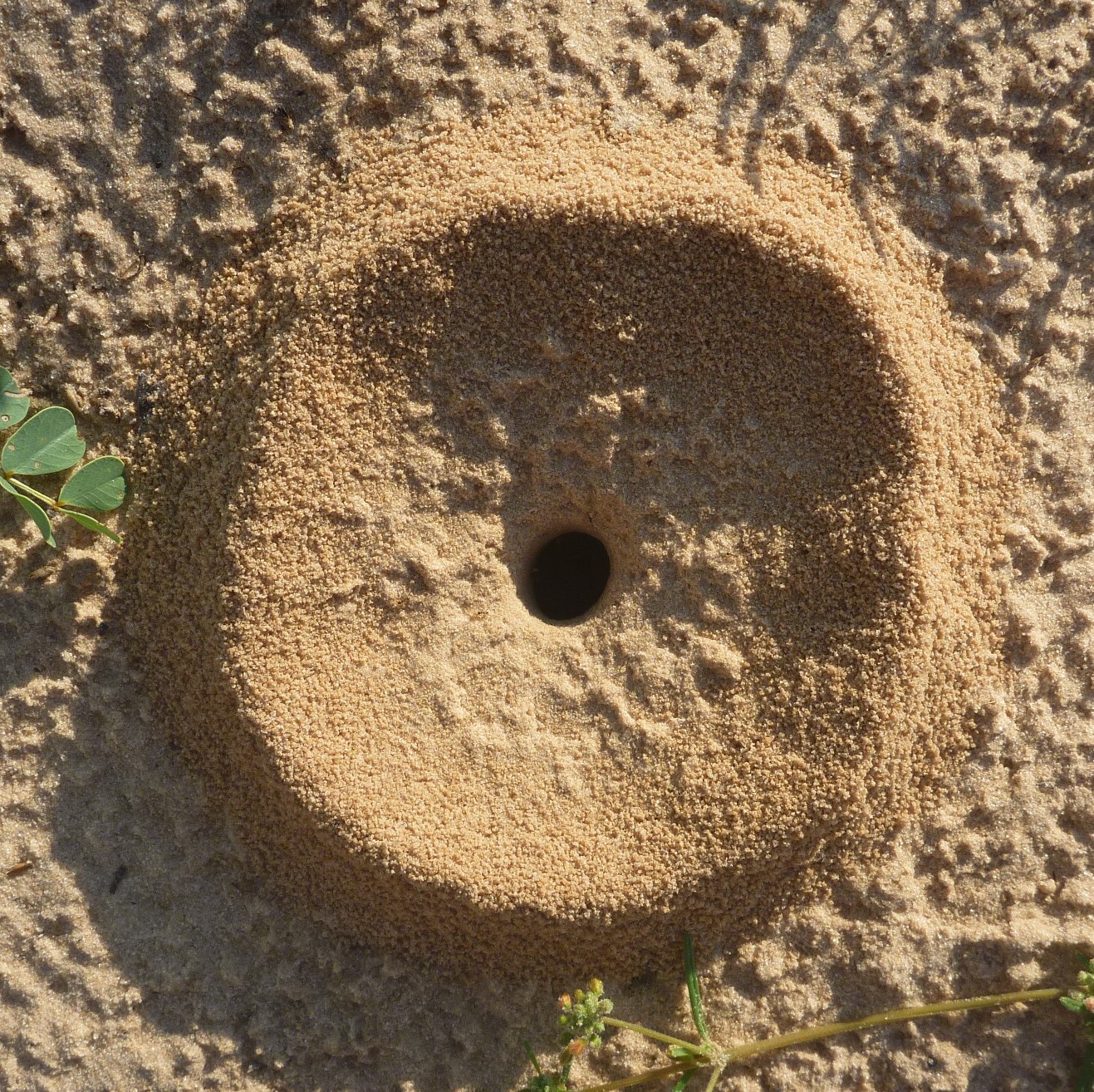I felt I could not do justice to the richness of this piece in a narrative, so I would ask that you rather read through it. Enjoy!
The sun is setting and the fire is happily murmuring to itself. Jan-Martin, my companion on this expedition, is fiddling together something for dinner. I should write up my diary. Soon it will be dark and the evening will take its own course, which I won’t want to interfere with. Now is the best time to record the day. But I just sit and gaze out over the darkening valley below and play with the flavours in the Merlot. I could try putting names to at least some, like the real connoisseurs, but I just let it roll over my palette, and slip away.
I should really… I reach for the phone and start to surf idly through the photos Jan-Martin had taken. Apart from the blessing of him taking on the meals chore, he also assumed the role of photographer. Both are a blessing and a huge improvement on my best solo efforts. The photos are a rough chronological record of the day’s walk. They help to stimulate my mind, to re-awaken those special, barely recognised moments that are so easily swamped in other incidents or impressions – ironically often less profound.
We only got back to our camp with the sun touching the tree tops. It had been a long walk, but barren from a larger game perspective – only signs, mostly weeks old. The larger ungulates and their predators seem to have temporarily left the area.
It gave us an opportunity to focus on the language of the tiny bush dwellers. Those that live furtively, hidden in grass and undergrowth, or in cracks in trees, or in burrows or nests in the earth. Most come out only at night, for they have much to fear. Their signs are hard to spot. None but the few careful observers that pay really close attention, often on haunches or knees, are even aware of them – let alone trying to interpret them.
We certainly found it a challenge, despite my years of wandering the wilderness and Jan-Martin not being quite a bush novice either – he had even completed a field guide course. We gave up trying to place some signs, but there were many we could figure out, and it gave us much pleasure.
There were the winding drags of a snakes, looking deranged now that the sleek bodies were gone; feint scratchings and finely cupped earth where birds (we did not know which) took their dust baths; another where a large tree had burned so hot in a veld fire that even the grass seeds around had been destroyed, leaving the earth bare and smudged with charcoal. Small drag marks and delicately-clawed footprints in the powdery earth spoke of lizards that came from their hiding places in the surrounding grass to bask in the sun on the dark soil.
Almost everywhere there were ant nests, some radiating a network of tiny pathways several metres into the surrounding veld, others that strangely had an entrance hole a few centimetres wide with a perfect upended earth cone inside, in turn with a hole in its centre. At others, hundreds of workers carried crumbs of earth out of their nest and stacked them in an almost perfect circle around the entrance hole.
The earth crumbs were packaged grains of sand, each as big or bigger than the ant’s head. They had somehow stuck them together, probably with saliva. Thinking back on it makes me pause and look up from the phone screen in wonder. They seem to have figured out that they could be more efficient by combining individual grains into larger parcels. It is a deliberate measure towards higher productivity. How did they arrive at that? Was there a process of logical reasoning going on inside those tiny heads?
They worked tirelessly and at a good pace, moving forward and backward like clockwork in perfect harmony, never getting distracted, occasionally touching each other with their feelers for a brief second in seemingly deliberate acts – were they encouraging each other, or checking if there were more to bring out, or confirming the latest orders? We could only wonder.
We could also only wonder at the little globules of foam the size of grapes, some larger, like golf balls or larger still, that we frequently found at about knee height on grass stems and small shrubs. The foam was smelly, slightly sticky and liquid enough to sometimes drip onto the ground into patches of moisture. It kept us guessing through the day. Where could such packets of foam possibly come from in this arid place, tens of kilometres from the nearest water? (Note: I researched it when we got back. The globules are made by spittle bugs – Ptyelus grossus. They are a kind of aphid barely 10 millimetres long. They feed on the plants and make the foam globules to protect their nymphs. How incredible – moist and white, so the little nymphs would be protected from drying out in the unforgiving sun, smelly, so grazers and browsers would be put off, and sticky, so it would remain in place?)
I can only wonder at so many things I see in Nature.
In places, fairy tale-sized pathways wound from mouse dens for tens of metres, here and there forming neat model train-sized tunnels through tangles of grass and undergrowth. Their surfaces were smooth and free of obstacles – from frequent use, or perhaps from purposeful clearing to allow high-speed dashing back to their burrows, and safety from the deadly claws of owls and raptors and the lightning strikes of snakes and the pounce of genets and black-footed cats and mongooses; and little excavations here and there where they had dug daintily for buried insects or tubers and left their tiny prints and tail drags in the loose material. There were the larger mining works too, of meerkats, ground squirrels and springhaas that would often frustratingly collapse underfoot.
Here and there, in places where the soil was soft and fine, we found the tiny rosette footprints of mongoose, and their little diggings, and of African wild cat and small spotted cat, and of the larger ones, genets and striped polecat; even the baby-like prints of a porcupine mother with her porcupette, and of the formidable honey badger – in one place, a special treat: In soil that was too firm to show its hind feet or tail drags, the marks of the front claws of a pangolin that had crossed on all fours.
Insects too, by the hundreds, crawling, hopping, flying, hanging from webs, but apart from generally correct mutters of “grasshopper” or “dung beetle” or “butterfly,” it was beyond us to exactly identify them.
Birds were a constant source of joy too. From “little brown jobs” that whirred and hopped busily around the vegetation, to magnificent crimsonbreasted shrikes, green spotted doves, stately hoopoes, brubrus teasing us with their musical duets, their cousins, the fiscal shrikes, ever-present turtle doves, the odd pied barbit, noisy mobs of scimitarbills and white-crowned shrikes, impish shaft tailed whydahs, Kalahari robins that entertained us with their beautiful serenades from the tops of shrubs, blue-black flashes of glossy starlings, sweeping dances over the open grassland of huge quelea swarms, grumpy forktailed drongos, sociable weavers darting from their collective nests, some so large that they seemed to threaten engulfing the tree…
It becomes overwhelming to try and list them, and there were still the ground dwellers; quail with their fat-toed little tracks seemingly covering every bare spot, a stately-pacing pair of secretary birds, korhaans flying straight up for a few metres, then dropping like a stone, gargling their throaty cries, lapwings hysterically dive-bombing us to scare us away from their nests or young, thick knees hunkering in the undergrowth, hoping we hadn’t spotted them, bands of guineyfowl riotously flapping away as we stumbled on them in the tall grass, and, those magnificent giants, the kori bustards, the largest flying bird on earth, patiently nodding their way through the grass on their hunt for food, leaving behind their dinosaur-like tracks.
Oh, and the raptors; gabar goshawks, pale chanting goshawks, a magnificent tawny eagle perched in a camel thorn – she allowed us to approach to about fifty metres. A gracefully gliding pair of bataleur eagles, even two whitebacked vultures, perched in the skeleton of a hook thorn. There were no others visible, or any floating down on the currents, but we sanguinely convinced ourselves that they were waiting for a predator or predators to leave a kill below, and we spent a painstaking half an hour creeping up to see if we could spot them, but it turned out the vultures were just resting.
Yes, no larger game, hardly a sign, but what a rich day!

